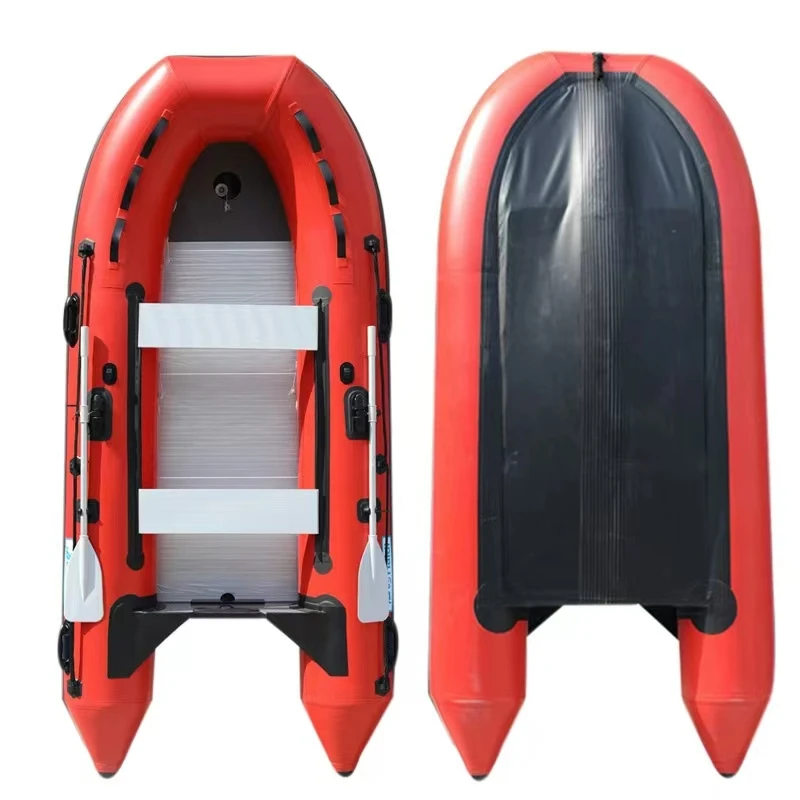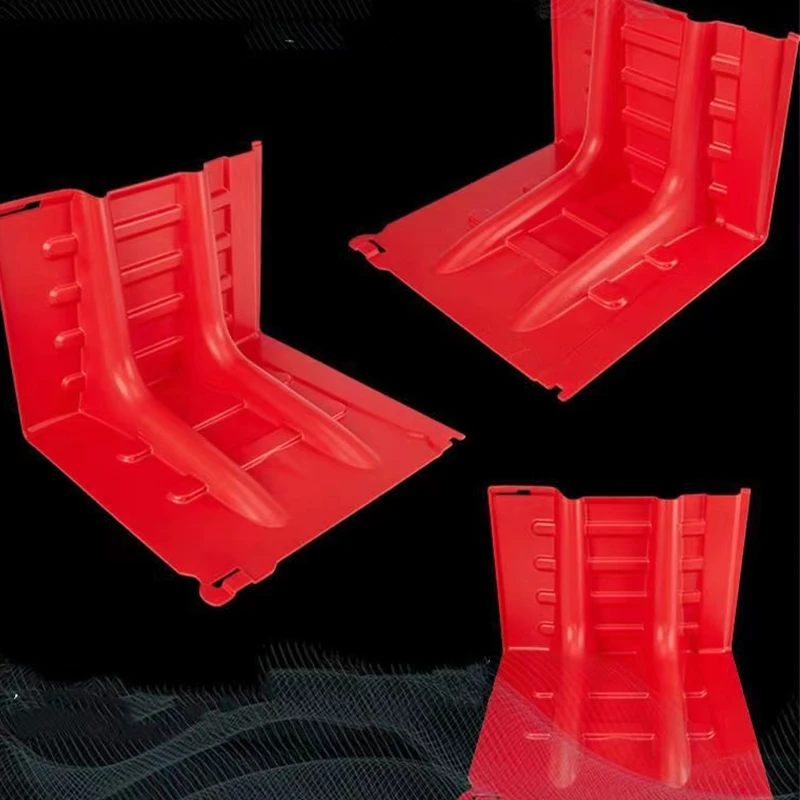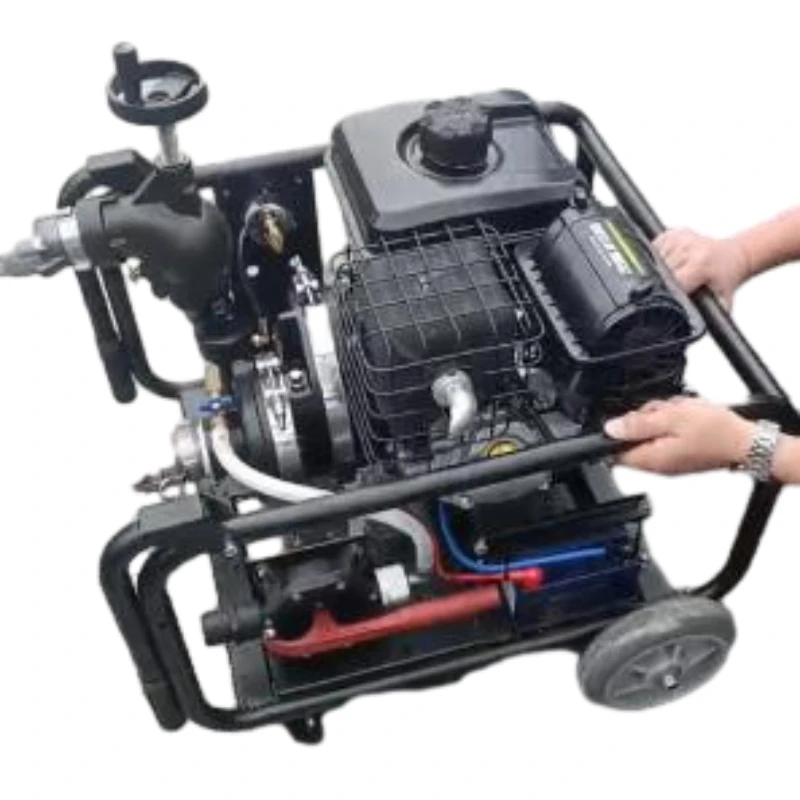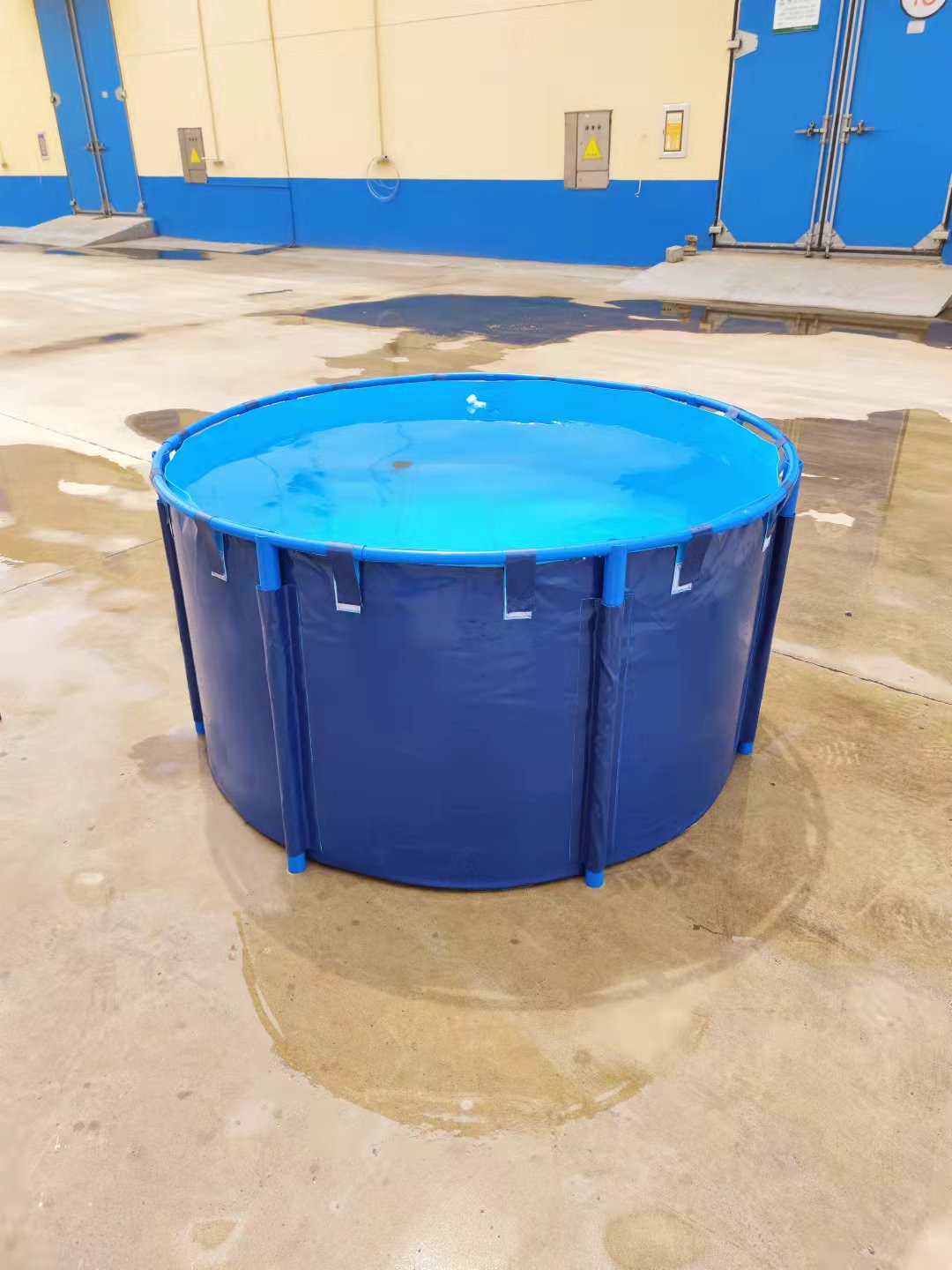Understanding the Modern Personal Flotation Device Landscape
In critical maritime and industrial environments, the integrity and reliability of safety equipment are paramount. The Life Jacket/Life vest stands as a foundational piece of personal protective equipment (PPE), engineered to provide essential buoyancy and support in waterborne emergencies. This comprehensive overview delves into the technical aspects, market dynamics, and operational advantages of advanced personal flotation devices (PFDs) tailored for demanding B2B applications. Our focus is on providing decision-makers and engineers with the insights necessary to select and implement superior safety solutions.
The demand for robust and compliant PFDs is continuously evolving, driven by stringent international regulations, advancements in material science, and a heightened focus on workforce safety in high-risk sectors. From offshore oil and gas platforms to vast shipping lanes and complex industrial water treatment facilities, the performance characteristics of a Life Jacket/Life vest are directly correlated with personnel survival rates and operational resilience. We explore the latest industry trends influencing product development and deployment.
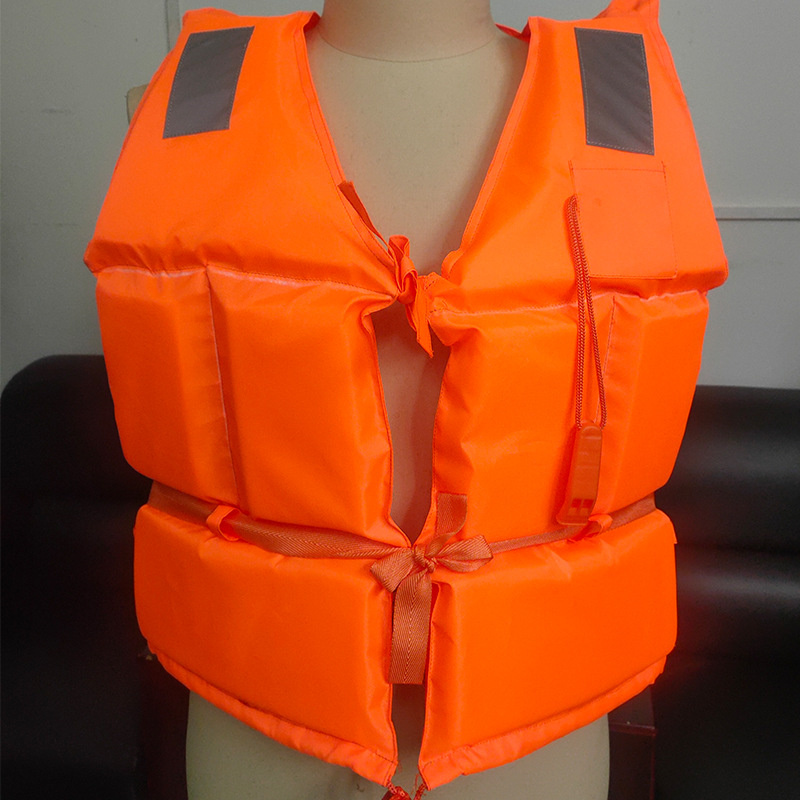
Industry Trends and Regulatory Compliance
The PFD market is experiencing significant shifts towards enhanced safety features, greater comfort for prolonged wear, and specialized designs for diverse operational requirements. Key trends include the integration of advanced materials offering superior buoyancy-to-weight ratios, improved ergonomic designs to reduce user fatigue, and the incorporation of smart technologies like integrated rescue strobes and GPS locators. Regulatory bodies such as the International Maritime Organization (IMO) via SOLAS (Safety of Life at Sea) conventions, the U.S. Coast Guard (USCG), and the European Union's Marine Equipment Directive (MED) stipulate rigorous testing and certification protocols for all PFDs. Compliance with standards like ISO 12402 (Personal flotation devices – Requirements) is non-negotiable for B2B procurement, ensuring that equipment meets global benchmarks for safety and performance. The market for safety equipment, including PFDs, is projected to grow, driven by increasing offshore activities, stricter safety mandates, and a rising awareness of occupational hazards.
Furthermore, there's a growing emphasis on sustainability in manufacturing, with companies exploring recyclable materials and environmentally friendly production processes. This aligns with corporate social responsibility (CSR) initiatives and evolving procurement policies across various industries. The shift towards inflatable PFDs, which offer a lower profile and greater comfort when not deployed, is also a significant trend, particularly in scenarios where mobility is crucial, such as rescue operations or complex industrial maintenance tasks over water.
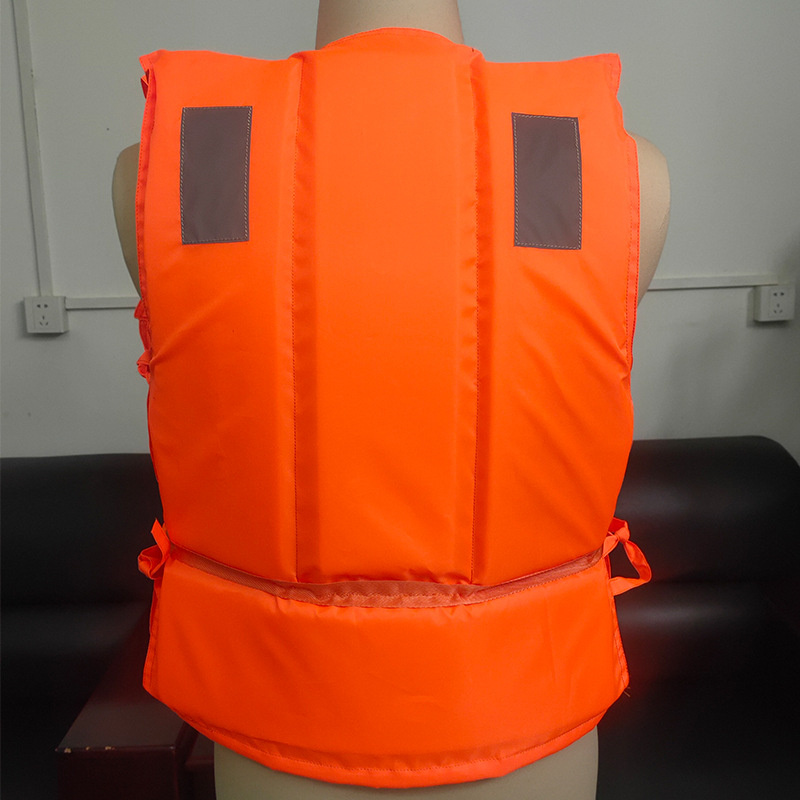
Manufacturing Process: From Concept to Compliance
The production of a high-quality Life Jacket/Life vest is a meticulous process, integrating advanced materials with precision engineering and stringent quality control. This multi-stage process ensures that each unit delivers reliable performance under critical conditions.
Process Flow Overview:
1. Material Selection & Cutting
Selection of high-tenacity polyester, nylon oxford, neoprene, or specialized marine-grade fabrics for outer shells. Buoyancy elements like closed-cell PVC foam (e.g., NBR/PVC blend), EPE foam, or CO2 inflation cylinders are prepared. Precision CNC cutting ensures accurate component dimensions.
2. Component Assembly & Stitching
Industrial-grade sewing machines assemble fabric panels, secure webbing straps, and integrate zippers or buckles. Critical seams are reinforced with bar tacks and double stitching to withstand extreme stress. Buoyancy foam inserts are precisely positioned within internal pockets.
3. Buoyancy System Integration
For inflatable PFDs, the CO2 inflation system, including the firing mechanism (manual or hydrostatic), oral inflation tube, and bladder, is carefully integrated and sealed. Non-inflatable jackets receive fixed buoyancy material.
4. Accessory Attachment
Attachment of essential accessories: whistles for signaling, retro-reflective tape for visibility (SOLAS grade), grab handles, light attachment points, and sometimes harnesses for fall protection in industrial models.
5. Quality Control & Testing
Every PFD undergoes rigorous testing. This includes buoyancy testing (e.g., for 150N or 275N ratings), material tensile strength tests, seam integrity checks, and for inflatable models, inflation reliability and air retention tests. Compliance with ISO 12402 series, SOLAS, and USCG standards is verified.
6. Final Inspection & Packaging
A comprehensive final inspection checks for any defects, proper labeling, and conformity to specifications. Products are then carefully packaged, often with user manuals and maintenance guidelines, ready for distribution.
The typical service life of a well-maintained Life Jacket/Life vest designed for industrial use ranges from 10 to 15 years, provided it passes annual inspections and is not subjected to undue wear, tear, or chemical exposure. This longevity is a testament to the quality of materials and manufacturing processes.

Technical Specifications and Parameters
The performance of a PFD is quantified by specific technical parameters and adherence to recognized standards. These specifications are crucial for ensuring the appropriate level of protection for various operational contexts.
Key Specifications Table: Standard Industrial PFD
| Parameter | Value/Description | Relevant Standard |
|---|---|---|
| Buoyancy Rating | 150N (Offshore), 275N (Extreme Offshore/Heavy Duty) | ISO 12402-3 / -2, SOLAS, USCG Type I/II |
| Outer Shell Material | 420D Nylon Oxford, 600D Polyester, Neoprene (for thermal protection) | ASTM D3884 (Abrasion), ASTM D5034 (Tensile Strength) |
| Buoyancy Material | Closed-cell PVC foam, EPE foam, CO2 gas cylinder (for inflatable) | Specific Gravity, Water Absorption Rate |
| Visibility Features | SOLAS-grade retro-reflective tape, high-visibility colors (e.g., international orange) | IMO Res. A.658(16), ISO 20471 (Hi-Vis PPE) |
| Accessories | Whistle, lifting loop, buddy line, crotch strap, optional light, spray hood | ISO 12402 |
| Operational Temperature Range | -30°C to +65°C | Manufacturer specified, environmental testing |
| Self-Righting Capability | Turns an unconscious person face-up in water within 5 seconds (for Type 1/150N+ PFDs) | ISO 12402-2, -3 |
The choice of materials directly impacts the performance and service life. High-tenacity synthetic fabrics resist abrasion, UV degradation, and chemical exposure, crucial for environments like petrochemical plants or marine salvage operations. Closed-cell foams prevent water absorption, maintaining buoyancy even if the outer shell is punctured. For inflatable models, the hydrostatic release unit (HRU) ensures automatic inflation at a specific depth, providing critical hands-free deployment.
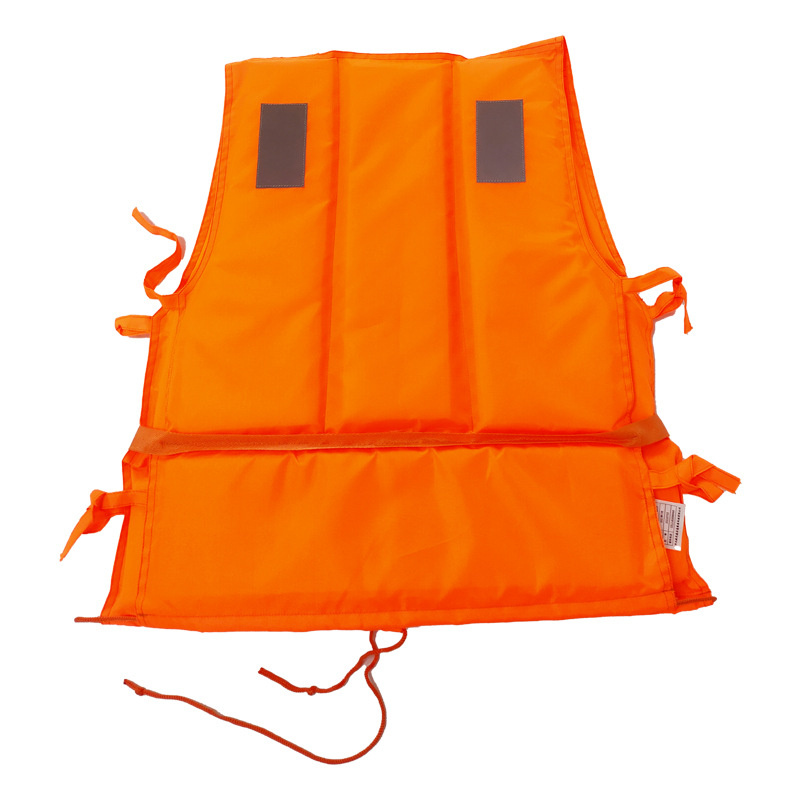
Application Scenarios and Technical Advantages
Modern PFDs are indispensable across a wide array of demanding industries where water hazards are present. Their technical advantages translate directly into enhanced safety, operational efficiency, and cost savings.
Target Industries:
- Petrochemical & Offshore Oil & Gas: Protection for personnel working on rigs, platforms, and vessels where falls into chemically contaminated or turbulent waters are risks. High-buoyancy, self-righting, and flame-retardant options are crucial.
- Metallurgy & Heavy Industry: Safety for workers around cooling ponds, industrial canals, or during maintenance of water-intensive machinery. Robust, abrasion-resistant materials are key.
- Water Supply & Drainage / Wastewater Treatment: Essential for technicians performing inspections or repairs in reservoirs, pumping stations, and treatment facilities. Easy-to-clean and chemical-resistant designs are preferred.
- Marine & Shipping: Universal application for crew members on cargo ships, passenger vessels, and specialized workboats. SOLAS-approved jackets are mandatory.
- Search & Rescue (SAR) Operations: Specialized designs for first responders, offering high visibility, multiple attachment points, and enhanced buoyancy for victim support.
Demonstrated Advantages:
- Corrosion Resistance: Advanced outer materials and marine-grade components (e.g., stainless steel buckles) ensure durability in saltwater, chemical, and humid environments, significantly extending product lifespan compared to lesser-grade alternatives.
- Energy Saving (Indirect): By drastically reducing risks of water-related accidents, these PFDs contribute to fewer operational disruptions, less downtime for investigations, and reduced medical or legal costs. This translates into sustained productivity and efficient resource allocation.
- Enhanced Safety & Survivability: Superior buoyancy, self-righting capabilities, and integrated signaling devices (whistles, lights) dramatically increase the chance of survival and successful rescue for an incapacitated individual.
- Ergonomic Design & Comfort: Modern PFDs are designed for long-term wear, featuring adjustable straps, flexible buoyancy elements, and breathable fabrics, minimizing wearer fatigue and encouraging consistent use. This is particularly vital in environments where a worker might be wearing a Life Jacket/Life vest for an entire shift.
- Compliance & Risk Mitigation: Utilizing certified PFDs ensures adherence to national and international safety regulations, shielding companies from penalties, legal liabilities, and reputational damage associated with non-compliance.

Vendor Comparison and Customization Options
Selecting the right vendor for PFDs requires a thorough evaluation beyond just price. Factors like product quality, adherence to standards, customization capabilities, and post-sales support are crucial.
Key Vendor Comparison Criteria:
| Criterion | Premium Vendor (e.g., FFW Fire Safety) | Standard Vendor |
|---|---|---|
| Certifications | SOLAS, ISO 12402, USCG, CE, MED. Full documentation available. | Basic regional certifications, limited international approvals. |
| Material Quality | High-tenacity, UV-stabilized, chemical-resistant fabrics; premium buoyancy foams. | Standard industrial fabrics, basic foams; prone to faster degradation. |
| Customization Capabilities | Extensive (logos, specific color schemes, integrated harnesses, specialized pockets). | Limited to basic branding or color changes. |
| Technical Support | Dedicated engineering support, training, regular maintenance guidance. | Basic product information, limited application guidance. |
| Warranty & Service Life | Longer warranty periods (e.g., 3-5 years), verified 10-15 year service life. | Standard 1-year warranty, shorter expected service life. |
| Lead Time | Optimized supply chain for consistent and timely delivery, typically 4-8 weeks for bulk orders. | Variable, potentially longer lead times for specialized items. |
Customized Solutions:
For specialized B2B needs, standard off-the-shelf PFDs may not suffice. Customization ensures that the Life Jacket/Life vest perfectly aligns with unique operational demands and integrated PPE systems. Our capabilities include:
- Integrated Harness Systems: Combining fall protection with flotation for tasks at height over water.
- Chemical and Flame Resistance: Utilizing specialized outer fabrics and thread for hazardous material environments.
- Enhanced Visibility & Communication: Integrating high-powered LED lights, distress beacons, or two-way radio pockets.
- Modularity: Design for interchangeable components, such as different buoyancy levels or attached tool pouches.
- Company Branding: Incorporating company logos and specific color schemes for brand consistency and team identification.

Application Case Studies
Our commitment to safety is demonstrated through successful deployments and positive client feedback across various demanding sectors. These case studies highlight the practical benefits of our robust PFD solutions.
Case Study 1: Offshore Wind Farm Maintenance
A leading energy company operating multiple offshore wind farms faced challenges ensuring the safety and comfort of technicians performing routine maintenance on turbine foundations and transfer vessels. Standard PFDs often restricted movement or caused discomfort during long shifts. We provided a customized solution involving lightweight, automatically inflatable 275N Life Jacket/Life vest with integrated fall protection harnesses and quick-release mechanisms. These units also featured integrated AIS (Automatic Identification System) beacons for enhanced locate-ability. The client reported a significant increase in worker acceptance and compliance, coupled with a measurable improvement in perceived safety, leading to reduced incident rates and improved operational continuity.
Case Study 2: Municipal Wastewater Treatment Plant
A large municipal utility required PFDs for engineers and maintenance crews working around aeration tanks and clarifiers, where chemical exposure and slick surfaces presented unique risks. Traditional PFDs struggled with resistance to chemical degradation and often became cumbersome. Our solution involved fixed-buoyancy PFDs constructed with chemically resistant, high-visibility PVC-coated polyester and featuring robust, non-corrosive plastic hardware. The design prioritized ease of cleaning and quick drying. This resulted in a longer service life for the PFDs (exceeding initial expectations by 30%) and a marked improvement in worker safety, minimizing potential exposure to hazardous substances and ensuring immediate flotation support.
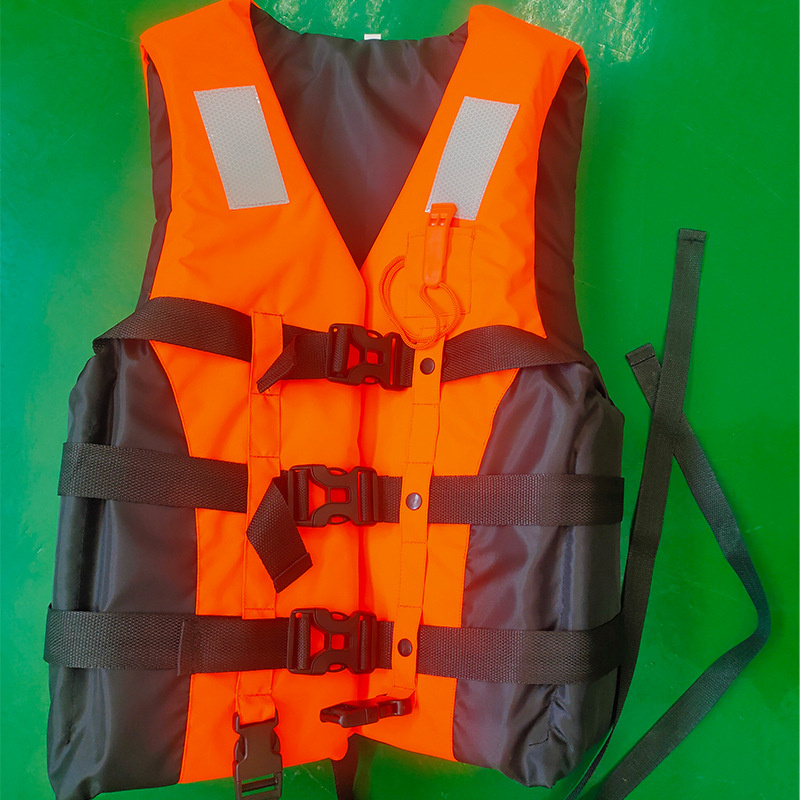
Frequently Asked Questions (FAQ)
Q1: What is the primary difference between a 150N and a 275N buoyancy rating?
A1: The 'N' stands for Newton, a unit of force representing buoyancy. A 150N PFD (e.g., ISO 12402-3) is designed for general offshore use, capable of turning an unconscious person face-up. A 275N PFD (e.g., ISO 12402-2) provides significantly more buoyancy, ideal for extreme conditions, rough seas, or when the wearer is wearing heavy protective clothing and equipment (e.g., immersion suits), ensuring self-righting and keeping the head well clear of the water.
Q2: How often should a Life Jacket/Life vest be inspected, and what is its typical service life?
A2: Fixed-buoyancy PFDs should undergo visual inspections before each use and formal annual inspections. Inflatable PFDs require more detailed annual servicing, including leak tests and cylinder checks, by a certified service agent. The typical service life for well-maintained industrial PFDs is 10-15 years, but this can be reduced by harsh environmental exposure or heavy use. Always refer to manufacturer guidelines.
Q3: Are your PFDs suitable for use in environments with hazardous chemicals or extreme temperatures?
A3: Yes, we offer specialized PFDs with outer shell materials (e.g., PVC-coated fabrics, neoprene) designed for enhanced resistance to chemicals, oils, and hydrocarbons. Our products are engineered to perform reliably across broad operational temperature ranges, with specific models tested for extreme cold or heat. Please consult with our technical team to specify the correct PFD for your unique environmental conditions.
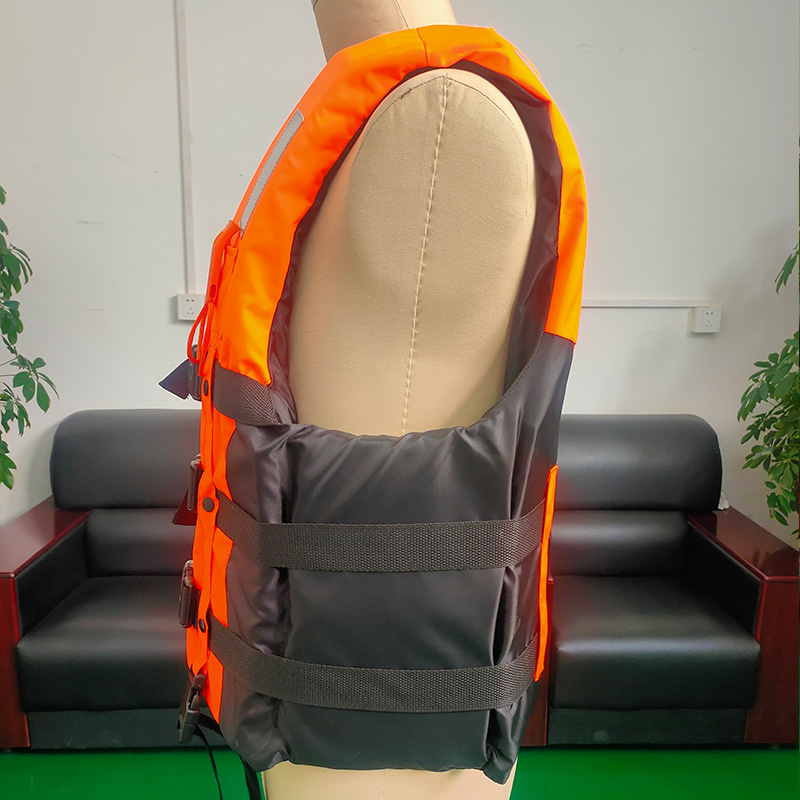
Lead Time, Warranty, and After-Sales Support
We understand the critical nature of reliable supply chains and comprehensive support for industrial safety equipment.
Lead Time and Fulfillment:
For standard bulk orders of our Life Jacket/Life vest products, the typical lead time is 4-8 weeks from order confirmation, subject to current inventory and production schedules. Expedited options may be available for urgent requirements. Customized solutions will have lead times quoted on a project-specific basis, considering design, material sourcing, and production complexity. We maintain a robust supply chain and efficient logistics to ensure timely delivery to your operational sites worldwide.
Warranty Commitments:
All our PFDs are backed by a comprehensive 3-year limited warranty against manufacturing defects in materials and workmanship. This warranty reflects our confidence in the quality and durability of our products, exceeding many industry standards. Specific components, such as inflation mechanisms or specialized electronics, may carry distinct warranty periods as specified in the product documentation. Regular maintenance and adherence to usage guidelines are prerequisite for warranty validity.
Customer Support and After-Sales Service:
Our commitment extends beyond delivery. We provide dedicated technical support for installation guidance, operational best practices, and maintenance protocols. Our global network of certified service centers offers annual inspection, repair, and recertification services to ensure your PFDs remain compliant and operational throughout their service life. For inquiries or support, please contact our expert team at support@ffwfiresafety.com or call us directly during business hours. We also offer online resources, including detailed product manuals and video tutorials, to assist your teams.

References:
- International Maritime Organization (IMO) - International Convention for the Safety of Life at Sea (SOLAS).
- International Organization for Standardization (ISO) - ISO 12402 series, Personal flotation devices.
- U.S. Coast Guard (USCG) - Code of Federal Regulations, 46 CFR Subchapter W - Lifesaving Appliances and Arrangements.
- European Union - Marine Equipment Directive (MED) 2014/90/EU.
- ASTM International - Various standards for textile and material testing.









